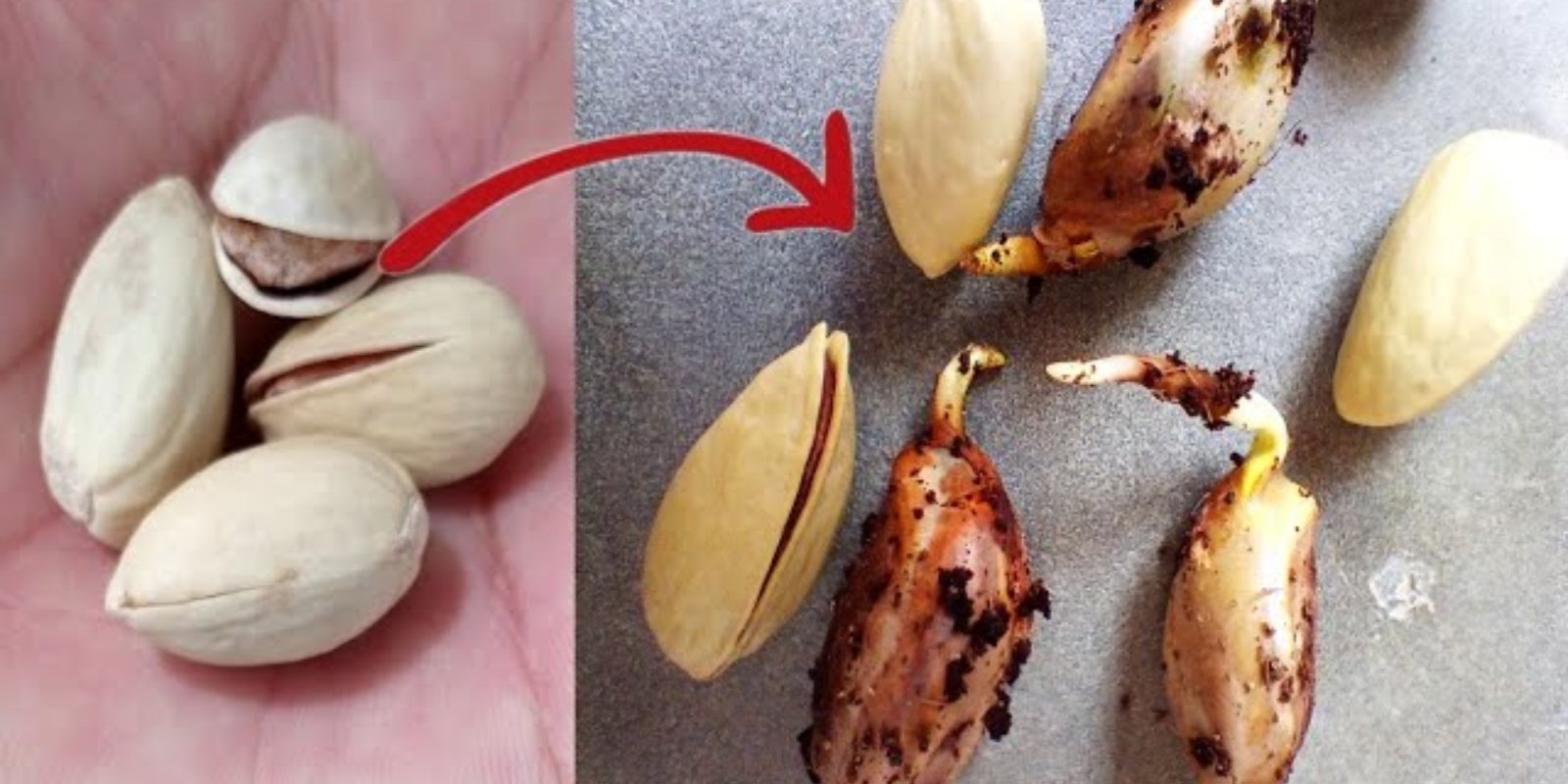Pistachios are not only a delicious snack but also a fascinating addition to any garden. Growing your own pistachios from seed can be a rewarding experience, allowing you to enjoy the satisfaction of nurturing your plants and reaping the harvest of your efforts. This guide will take you through the entire process of growing pistachios at home, from selecting the right seeds to harvesting your delicious nuts.
Understanding Pistachios
Pistachios (Pistacia vera) are native to the Middle East and are known for their unique flavor and health benefits. They are rich in protein, fiber, and essential nutrients, making them a popular choice for healthy snacking. While pistachio trees can grow quite large (up to 30 feet), they can also thrive in smaller spaces with proper care.
Ideal Growing Conditions
Before diving into the steps of growing pistachios, it’s important to understand the conditions they prefer:
- Climate: Pistachios thrive in warm, dry climates with well-defined seasons. They require hot summers and cool winters to produce nuts.
- Soil: Well-draining soil is crucial. Pistachios do best in sandy or loamy soils with a pH of 7.0 to 8.0.
- Sunlight: They need full sun exposure for at least 6 hours a day.
Step-by-Step Guide to Growing Pistachios from Seed
1. Selecting Quality Seeds
The first step in growing pistachios is choosing high-quality seeds. You can purchase raw, unsalted pistachios from a health food store or specialty store. Look for seeds that are whole, intact, and not processed in any way. Ensure they are fresh, as older seeds may have lower germination rates.
2. Soaking the Seeds
To enhance germination, soak the seeds in water for 24 hours. This process helps to soften the hard outer shell and initiates the germination process. After soaking, drain the seeds and prepare for planting.
3. Preparing the Soil
Pistachios prefer well-draining soil to prevent root rot. A mix of potting soil, sand, and perlite can create the ideal environment. Aim for a soil mix that consists of:
- 50% potting soil
- 30% sand
- 20% perlite
Fill your pots or garden beds with this mixture, ensuring that it’s loose and aerated.
4. Planting the Seeds
Plant the soaked seeds about 1 inch deep in the soil. If you’re using pots, make sure they have drainage holes. Space the seeds at least 6 inches apart to allow for proper growth. If planting directly in the ground, consider the tree’s eventual size and space accordingly.
5. Watering
After planting, water the seeds thoroughly to settle the soil around them. Keep the soil consistently moist but not soggy. Overwatering can lead to rot, while underwatering can inhibit germination. Check the soil regularly and water as needed.
6. Providing Sunlight
Place your pots or choose a garden spot that receives full sunlight for at least 6 hours a day. Pistachios thrive in bright, sunny conditions. If you’re growing them indoors, consider using grow lights to supplement natural sunlight.
7. Germination and Seedling Care
Pistachio seeds typically germinate within 2 to 4 weeks. Once the seedlings emerge, ensure they receive adequate sunlight and water. Thin out weaker seedlings to allow stronger ones to thrive. You can transplant them to larger pots if they outgrow their initial containers.
8. Transplanting Outdoors
Once your seedlings are strong, about 6 to 12 inches tall, it’s time to transplant them outdoors. Choose a sunny location with well-draining soil. Dig a hole twice the size of the root ball and gently place the seedling in the hole, filling in around it with soil. Water thoroughly after planting.
9. Ongoing Care
Pistachio trees require minimal maintenance once established, but here are some tips to keep them healthy:
- Watering: Water the young trees regularly, especially during dry spells. Once established, they are drought-tolerant.
- Fertilizing: Use a balanced fertilizer in early spring to promote growth. Avoid over-fertilizing, as this can harm the tree.
- Pruning: Prune your pistachio tree to encourage a strong structure and remove any dead or diseased branches.
Pests and Diseases
Pistachios are relatively resilient, but they can be susceptible to pests like aphids and scale insects. Regularly inspect your plants for any signs of infestation. If you notice pests, treat them with insecticidal soap or neem oil.
Diseases such as root rot can occur if the soil is too moist. Ensure proper drainage and avoid overwatering to minimize the risk of disease.
Patience: The Key to Success
Growing pistachios from seed requires patience. It may take 5 to 7 years for your trees to start producing nuts. However, with the right care and conditions, the reward of homegrown pistachios is worth the wait.
Harvesting Your Pistachios
Once your pistachio trees mature and begin producing nuts, harvesting is an exciting time. Here’s how to know when they are ready:
- Color Change: The shells will turn from green to a pale tan or brown.
- Split Shells: Ripe pistachios often split open slightly, indicating readiness for harvest.
To harvest, gently shake the branches to release the nuts, or pick them by hand. Allow the nuts to dry in a cool, airy location for a few days before storing.
Conclusion
Growing pistachios from seed at home is a fulfilling venture that connects you with nature and provides you with delicious, homegrown nuts. While it requires time and effort, the joy of nurturing your plants and the taste of fresh pistachios make it all worthwhile.
So, roll up your sleeves, gather your supplies, and start your pistachio-growing journey today! Happy gardening!
Call to Action
Are you ready to start your own pistachio garden? Share your progress and experiences with the gardening community! Use hashtags like #PistachioGardening, #HomeGrownNuts, and #GardenGoals to connect with fellow enthusiasts. Let’s grow together!

